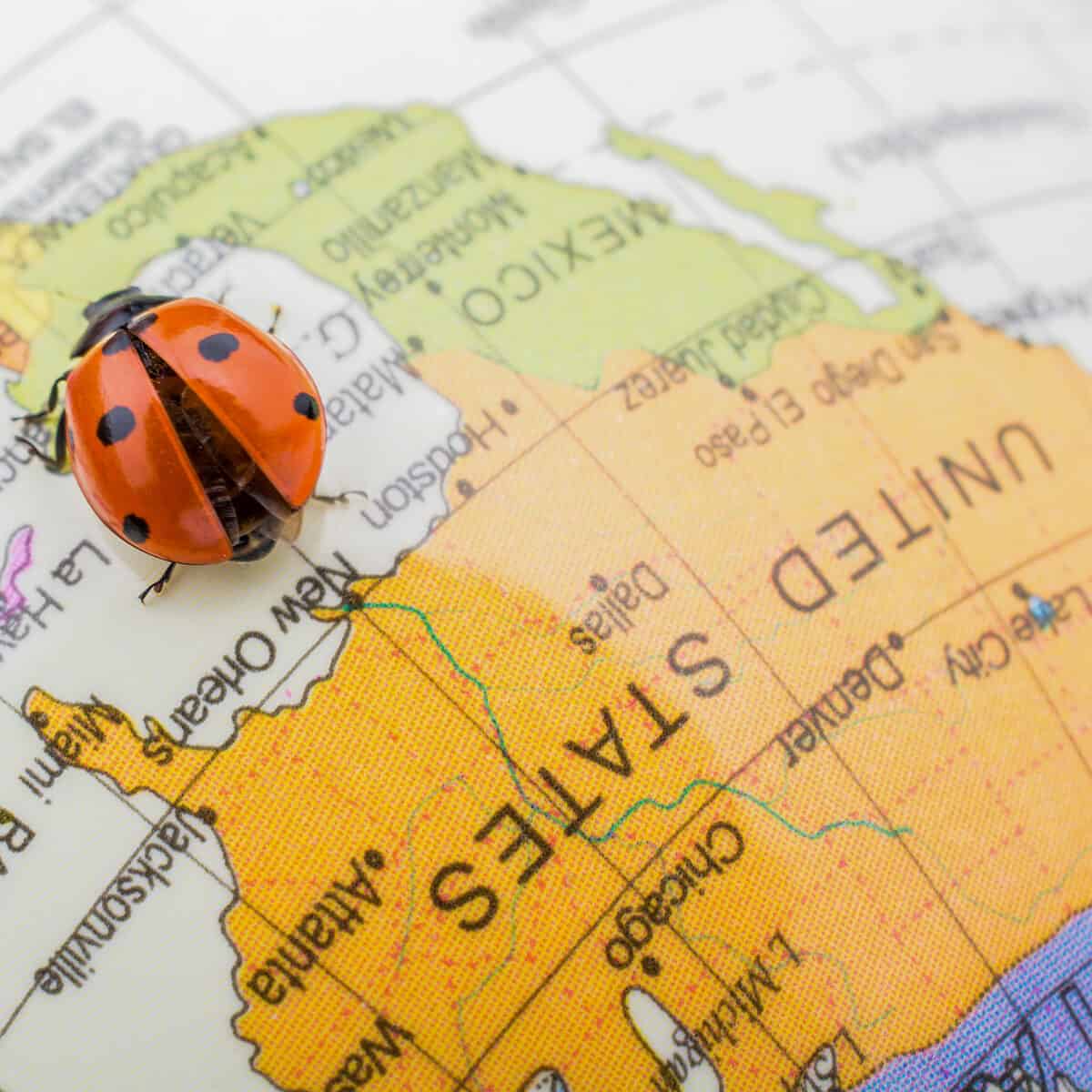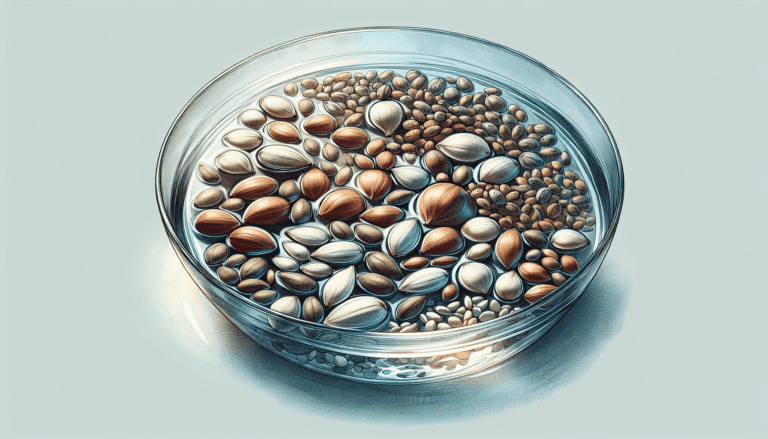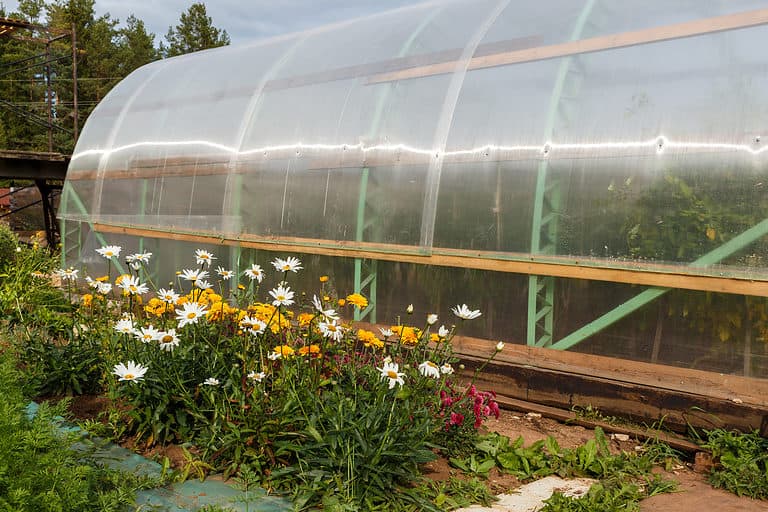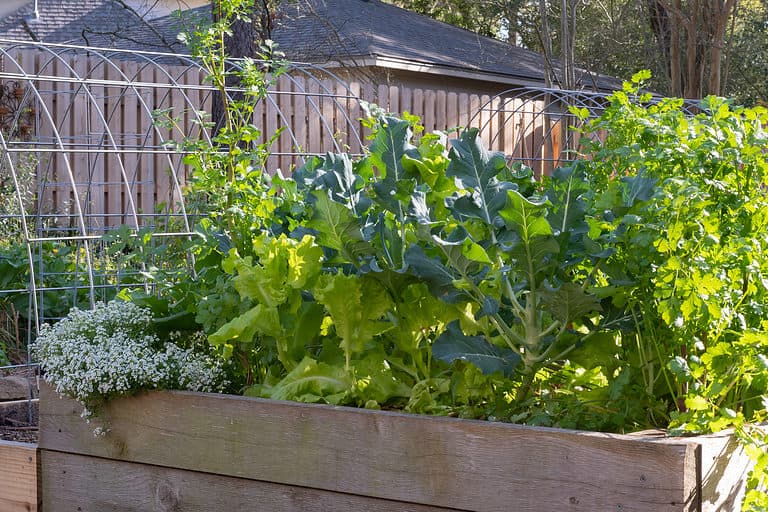What are the US Gardening Zones

Gardening zones in the US also known as plant hardiness zones, are an important factor to consider when planning a garden. These zones are determined by the average annual minimum temperature in a particular area. It provides a guide for gardeners to determine which plants are most likely to thrive in their specific location.
Gardening Zones in the US

In the United States, the Department of Agriculture (USDA) has divided the country into 13 gardening zones, each identified by a number on a map.
Zone 1:
This is the coldest zone, with average annual minimum temperatures ranging from -60 to -50 degrees Fahrenheit. This zone is found in parts of Alaska and is not suitable for most types of plants. Hence greenhouse gardening and plant protection techniques are necessary.
Zone 2:
Slightly warmer than zone 1, with average annual minimum temperatures ranging from -50 to -40 degrees Fahrenheit. This zone is also found in parts of Alaska and is not suitable for most plants.
Zone 3:
This is the next warmest zone, with average annual minimum temperatures ranging from -40 to -30 degrees Fahrenheit. This zone covers parts of Montana, North Dakota, and Minnesota. In this zone, gardeners can grow hardy plants such as juniper, spruce, and pine, as well as some annuals and perennials.
Zone 4:
This zone has average annual minimum temperatures ranging from -30 to -20 degrees Fahrenheit. It stretched into parts of Montana, North Dakota, Minnesota, and Wisconsin. In this zone, gardeners can grow a wider variety of plants, including deciduous trees, shrubs, and perennials.
Zone 5:

A region with average annual minimum temperatures ranging from -20 to -10 degrees Fahrenheit. This zone cuts through parts of Wisconsin, Michigan, New York, and Maine. In this zone, gardeners can grow a wide variety of plants, including fruit trees, roses, and most vegetables.
Zone 6:
Zone 6 has average annual minimum temperatures ranging from -10 to 0 degrees Fahrenheit. This zone stretches into parts of Wisconsin, Michigan, New York, Pennsylvania, and Maryland. In this zone, gardeners can grow a wide variety of plants, including most fruit trees, vegetables, and annuals.
Zone 7:
It has average annual minimum temperatures ranging from 0 to 10 degrees Fahrenheit. This zone spreads through parts of Pennsylvania, Maryland, Virginia, and North Carolina. In this zone, gardeners can grow a wide variety of plants, including most fruit trees, vegetables, and annuals.
Zone 8:

A zone with an average annual minimum temperatures ranging from 10 to 20 degrees Fahrenheit. This zone cuts across parts of Virginia, North Carolina, South Carolina, Georgia, and Florida. In this zone, gardeners can grow a wide variety of plants, including most fruit trees, vegetables, and annuals.
Zone 9:
Zone 9 has average annual minimum temperatures ranging from 20 to 30 degrees Fahrenheit. This zone covers parts of Florida, Texas, Louisiana, and California. In this zone, gardeners can grow a wide variety of plants, including most fruit trees, vegetables, and annuals.
Zone 10:
A zone with average annual minimum temperatures ranging from 30 to 40 degrees Fahrenheit. This zone stretches into parts of Florida, Texas, and California. In this zone, gardeners can grow a wide variety of plants, including most fruit trees, vegetables, and annuals.
Zone 11:
It has an average annual minimum temperatures ranging from 40 to 50 degrees Fahrenheit. This zone covers parts of Hawaii and Puerto Rico. In this zone, gardeners can grow a wide variety of plants, including most fruit trees, vegetables, and annuals.
It’s important to note that these gardening zones in the US are only a rough guide and do not take into account other factors such as humidity, rainfall, and sunlight that can affect the success of a plant.






